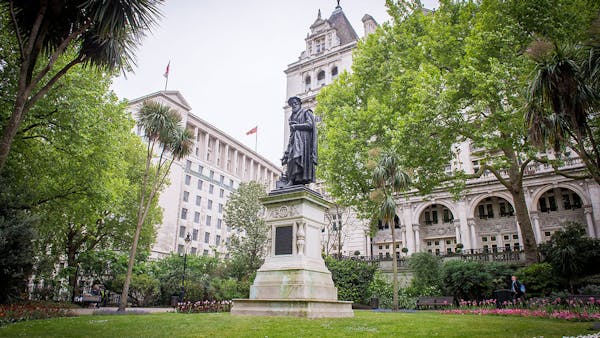THE WESLEYS BIRTH A NEW MOVEMENT
John Wesley was born in June 1703 to deeply spiritual parents. Samuel and Susanna Wesley both came from families that had firm Puritan leanings though both of them would later be reconciled to the church of England. Samuel had been ordained as a minister of the Church of England in February 1689 by the Bishop of London. The year that his son John was born he was rector of St. Andrew’s church in Epworth.
Both Samuel and Susanna were strong willed, strongly opinionated people of firm principle. They had 19 children many of whom didn’t survive into adulthood. John’s brother Charles was born in 1707. The Wesley household was marked by strict spiritual discipline. Susanna taught her children to cry softly, recite the Lord’s prayer as soon as they were able to speak, to obey without question and to ask for permission before they did anything. They were not allowed to shout, eat between meals or exhibit bad manners. In addition to this each child had an individual weekly appointment with their mother that was reserved for spiritual instruction. During his time at Oxford John Wesley wrote to his mother expressing his appreciation for these interviews and also his desire to resume them even though he was away from home.
John was awarded a scholarship to attend Oxford University and he was admitted to Christ Church College in 1720 and Charles later attended in 1726. John Wesley graduated with a BA in 1724 and was ordained to the ministry in 1725 in Christ’s Church Cathedral. Then in 1726 he appointed a fellow of Lincoln College much to the delight of his father. He was given a stipend and a room at the College and he lectured on Greek, Logic and Philosophy. John worked tireless while he was at Lincoln College, taking his position seriously and putting in long hours each day, six days a week.
His father Samuel was constantly in debt, being a man who was quite bad at managing his finances. John returned to Epworth on an extended leave of absence from Lincoln college to assist his father in overseeing his parish in Epworth so that Samuel take on a second parish in nearby Wroot to supplement the family income. While he was away in Epworth his brother Charles founded what came to be known as the Holy Club. The group grew out of Charles’s desire to be surrounded by a group of likeminded friends to help support him spiritually while John was away. He invited two of his fellow students, Robert Kirkham and William Morgan to join him in his room once a week for fellowship, bible study and prayer.
When John returned to Oxford in 1729 he took over the leadership of the group by mutual agreement between himself and Charles. The club was committed to pursuing personal spirituality through prayer, Bible study and practical application of the word of God in their daily lives. Their ministry then extended to reaching out to minister to those outside their circle and they began to make regular prison visits to share the gospel with the inmates there. They then expanded their work to the poor houses where they set up a fun to purchase medication and pay off debts in addition to preaching and teaching the word of God. In 1730 some of their fellow students at began to jokingly dub their group the Holy Club snidely referring to the members as Bible Moths or Bible Bigots. These nicknames grew in number and variety until finally in 1732 they were christened Methodists and the new name stuck.

